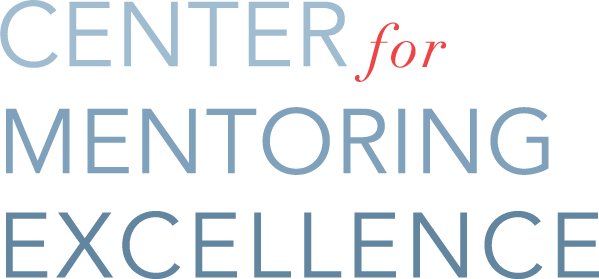From Our Mentoring Mailbag….
Dear Mentoring Matters,
I supervise six people in my lab, and although I manage these folks, I want to be an effective mentor to them as well. I am responsible for keeping them on task and holding them accountable for performance standards, but I also want to have conversations about their goals and long-term direction. What’s the difference between my supervisory conversations and mentoring interactions? I also struggle with one of the women in our lab that is highly sensitive to any kind of negative feedback. She keeps trying to change the topic or says things like, “this is getting too serious” or “now, I am really uncomfortable.” I am never sure what to do with those comments. How do I keep focused on the feedback and not let her steer us off course – which she commonly does? Can I do it all?
Thank you.
A Frustrated Lab Manager
____________________________
Dear Frustrated,
You raise a very common dilemma for managers who find themselves in the position of wanting to supervise and mentor their direct reports. First, recognize that there is a difference between mentoring and coaching conversations. Coaching is about boosting current performance and developing skills. A feedback session while wearing your upervisoring hat might look like this:
“Steve, I want to talk to you about the report you submitted yesterday. I was really pleased that you got it to me on time, which was one of the issues we have been working on. So congratulations on that. You clearly are doing a better job with your time management. What I want you to look at more closely is the quality of your work. Getting in on time is great, but you have typos in the report and there is a place where a chart was supposed to be inserted that was omitted. You need to work on tightening your eye for detail. Let’s talk about some strategies for doing that.”
Mentoring focuses on creating momentum and direction toward achieving career goals and employee development; it is future-focused. It is important to keep mentoring interactions separate from performance discussions. Be sure to carve out mentoring time with your employees and engage in conversations about their future development, direction, progress, and learning goals. A feedback session while wearing your mentoring hat might look like this:
“Steve, it’s been three months since we talked about your goal to become a supervisor and I thought we should spend some time looking at how that is going – what you feel you have learned, what you are doing well, where your comfort level is, and what you think you still need to work on. I have a few thoughts and I want to hear from you oo. So let’s start by talking about what you have learned over the past 3 months supervising the new intern.”
Supervising and mentoring together is always a slippery slope for those who are resistant or hypersensitive to feedback. When you know you are engaging in difficult feedback with this person, be clear up front about what you want and don’t want to happen during the discussion.
Here is an example of how to stay on focus no matter what hat you are wearing.
“Tina, I want to take a few minutes to talk about some issues that I think are getting in your way. In the past, when we have sat down to talk about your feedback, the sessions haven’t gone as well as I would have liked. So, today, I want to make sure we stay on track. I know you have had some concerns about your project assignments, but I don’t want to get sidetracked on that discussion right now. I want us to stay focused on how you have handled the workload, worked collaboratively as a team member and managed conflict with the group. That’s the focus for our time now.”
So, the bottom line is this:
- Know which hat you are wearing and let your employee know.
- Set ground rules that will help you stay focused and on topic.
- Hold yourself and your employee accountable for following the ground rules you establish.
- If you get off track, observe it, acknowledge it and get back on track.


